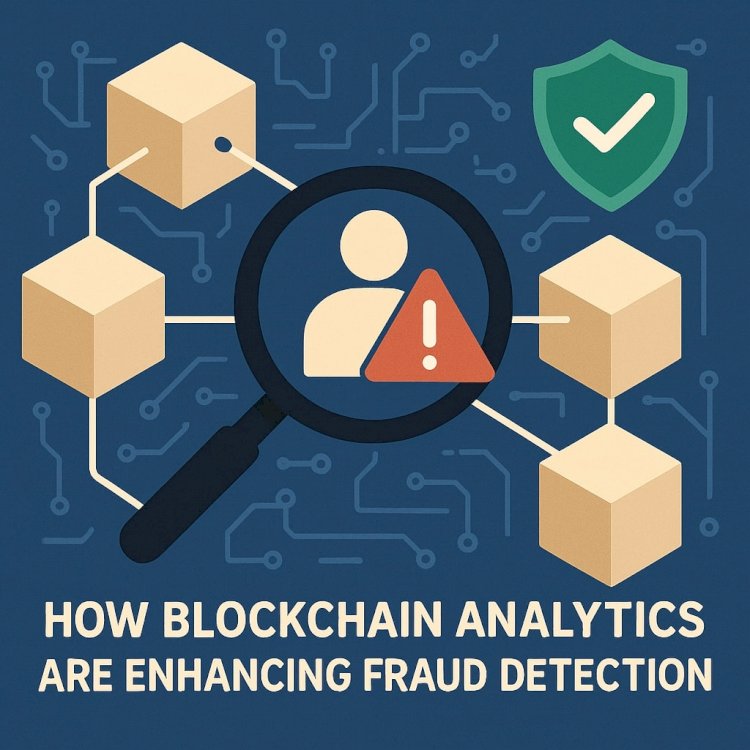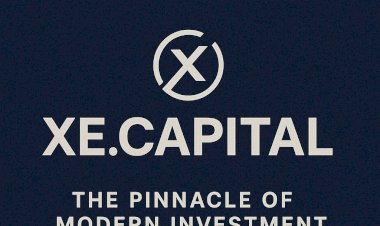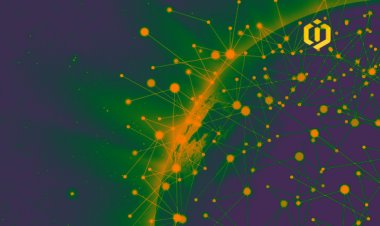How Blockchain Analytics Are Enhancing Fraud Detection

By Dr. Pooyan Ghamari, Swiss Economist and Visionary
Blockchain has been celebrated for its transparency, immutability, and decentralization. However, these very qualities that make blockchain revolutionary also attract bad actors seeking to exploit the system. Fraudulent schemes, money laundering, ransomware payments, and illicit trading have found their way into digital asset markets. Yet, far from being a safe haven for criminals, blockchain technology has enabled new, powerful methods for tracing activity. The rise of blockchain analytics is transforming how fraud detection operates, creating tools that are more precise and more effective than those available in traditional finance.
The Role of Transparency in Blockchain
Every transaction on a blockchain is recorded on a public ledger. Unlike traditional banking systems where data is often fragmented across multiple institutions, blockchains provide a single, chronological, and tamper-proof record. This universal transparency means investigators, regulators, and compliance officers have the ability to observe entire transaction flows without relying on intermediaries to provide partial data.
But raw transparency alone is overwhelming. With millions of transactions occurring daily across blockchains like Bitcoin and Ethereum, the challenge is not access to data but making sense of it. This is where blockchain analytics comes in.
What Blockchain Analytics Brings to Fraud Detection
Blockchain analytics involves applying data science, machine learning, and pattern-recognition techniques to blockchain data in order to identify suspicious activity. These tools can:
-
Trace transaction flows: By following tokens as they move across wallets and exchanges, analytics platforms can uncover links between seemingly unrelated addresses.
-
Identify high-risk entities: Wallets associated with dark markets, ransomware campaigns, or previous fraud attempts can be flagged and monitored in real-time.
-
Cluster wallet addresses: Sophisticated algorithms can group together multiple addresses that belong to the same entity, even if they try to appear separate.
-
Monitor exchange activity: By watching transactions flowing into and out of centralized exchanges, suspicious deposits and withdrawals can be intercepted early.
-
Detect patterns: Machine learning can spot abnormal activity, such as sudden bursts of micro-transactions, looping transfers, or wash trading, that human observers might miss.
Practical Applications in Combating Fraud
The benefits of blockchain analytics are already reshaping financial integrity across the digital asset ecosystem.
-
Anti-Money Laundering (AML) Compliance
Regulators require exchanges and custodians to comply with AML standards. Analytics tools help these institutions screen wallets, monitor inflows and outflows, and block transactions linked to illicit activity. -
Ransomware Tracking
Ransomware groups often demand payment in cryptocurrencies. Blockchain analytics enables investigators to trace these payments, often leading to the identification of cash-out points where criminals attempt to convert crypto into fiat. -
Market Manipulation Detection
Fraudulent behaviors like pump-and-dump schemes, wash trading, and spoofing can be detected through analysis of trading patterns across decentralized and centralized exchanges. -
NFT and DeFi Fraud Prevention
With the growth of NFTs and decentralized finance, scammers have adopted new tactics such as rug pulls or counterfeit token sales. Analytics tools can detect unusual wallet behaviors and transaction flows that indicate fraudulent schemes before they spread widely.
Advantages Over Traditional Fraud Detection
Compared to traditional financial systems, blockchain analytics offers several unique strengths.
-
Global Scope: Since blockchains are borderless, analytics tools can monitor transactions worldwide in real-time.
-
Immutability: Once recorded, data cannot be altered, which eliminates the risk of records being manipulated after the fact.
-
Speed: Automated analytics can flag suspicious activity within seconds, far faster than traditional audits or manual reviews.
-
Traceability: Even if criminals use multiple addresses or complex transaction chains, blockchain analytics can often reconstruct the entire path of funds.
Challenges and Limitations
Despite its strengths, blockchain analytics faces certain challenges.
-
Privacy Technologies: Privacy-focused coins and mixing services complicate tracking by obscuring transaction details.
-
Data Overload: The sheer volume of blockchain activity makes comprehensive monitoring resource-intensive.
-
Evolving Tactics: Fraudsters constantly adapt, requiring analytics platforms to update algorithms and strategies continuously.
-
Jurisdictional Issues: While the technology is global, legal enforcement remains fragmented, with different countries applying varying rules.
Economic and Social Impact
Beyond compliance and enforcement, blockchain analytics is reshaping the economic landscape by building trust in digital assets. Investors are more likely to enter the crypto ecosystem when they know robust tools are in place to prevent fraud. Businesses, too, benefit from cleaner markets with fewer bad actors.
At the societal level, these advancements help curb illicit finance linked to organized crime and terrorism. This strengthens not just the blockchain ecosystem but also the broader financial system in which it increasingly interacts.
Looking Ahead
The future of blockchain analytics lies in deeper integration with artificial intelligence and cross-chain monitoring. As criminals experiment with moving funds across multiple blockchains, tools will need to track assets seamlessly across networks. Advances in zero-knowledge proofs may also allow for privacy-preserving analytics, striking a balance between individual privacy and collective security.
In time, blockchain analytics may evolve beyond fraud detection to become a foundational element of a new financial architecture—one that is simultaneously open, transparent, and secure.
Fraud will always seek new frontiers, but blockchain’s radical transparency, paired with advanced analytics, is giving regulators, businesses, and communities an unprecedented advantage. The irony is that the same technology once feared to be a haven for illicit activity may become the most powerful tool against it.
As blockchain analytics grows more sophisticated, it is not only protecting investors and institutions—it is helping to legitimize the digital asset ecosystem, paving the way for broader adoption and trust.
About the Author
Dr. Pooyan Ghamari is a Swiss economist and visionary with expertise in blockchain, artificial intelligence, and global economic systems. His work emphasizes innovation, transparency, and sustainability in finance and beyond.

 content-team
content-team 

















